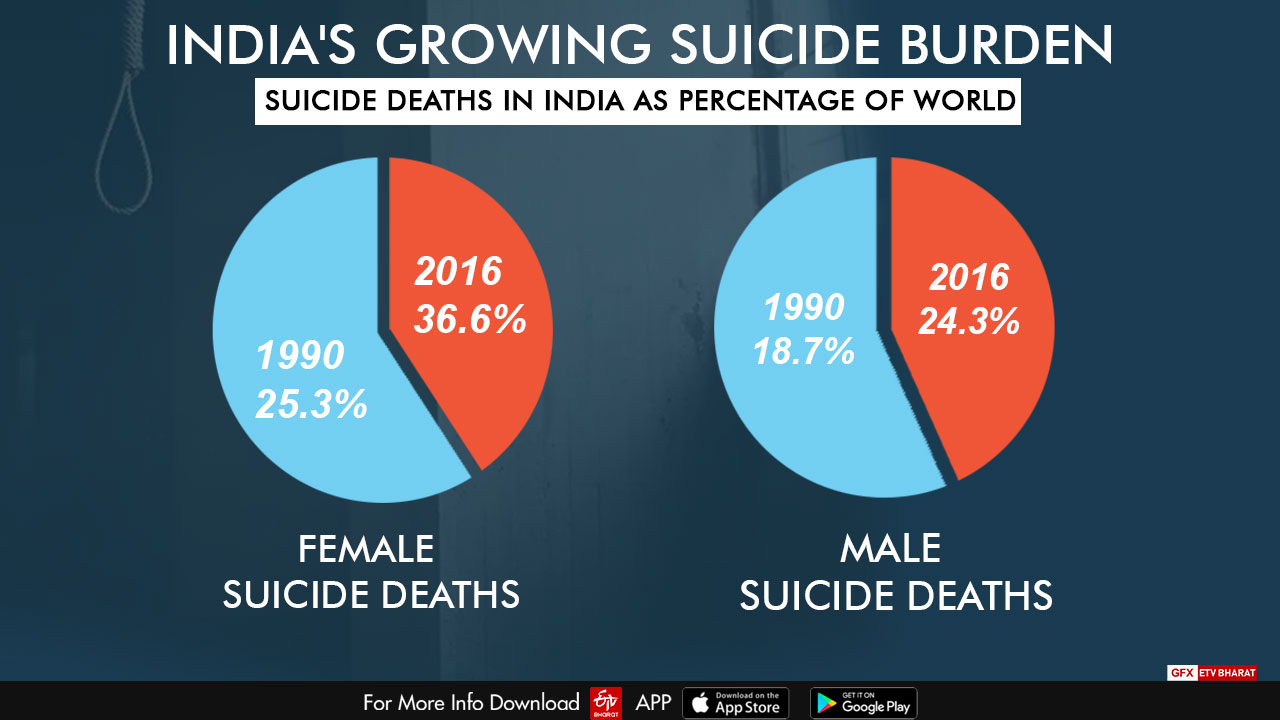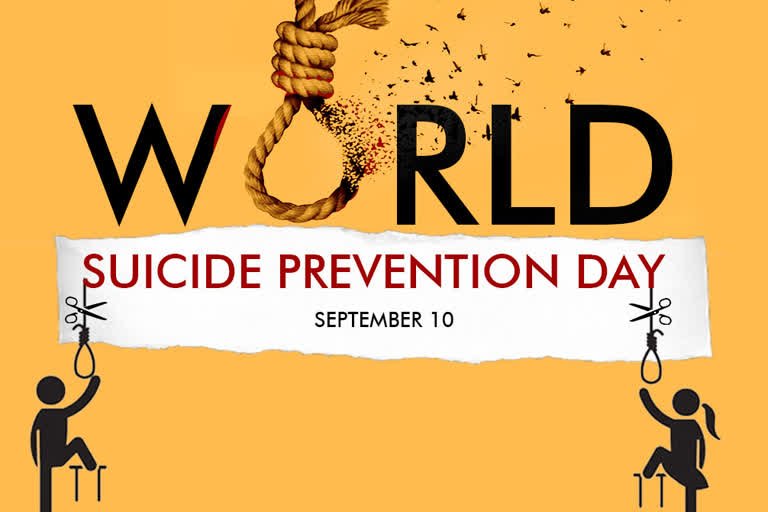Hyderabad: Around the world, close to 800,000 people take their own life every year. That amounts to one death every 40 seconds!
Mental disorders, including depression, bipolar disorder, schizophrenia, personality disorders, anxiety disorders, and substance abuse—including alcoholism and the use of drugs—are risk factors which cause suicide.

According to the World Health Organisation (WHO), some suicides are impulsive acts due to stress, such as from financial difficulties, troubles with relationships, or bullying. Those who have previously attempted suicide are at a higher risk for future attempts.
Effective suicide prevention efforts include limiting access to methods of suicide—such as firearms, drugs, and poisons; treating mental disorders and substance misuse; proper media reporting of suicide; and improving economic conditions.
The latest report from the WHO states that India has the highest suicide rate in the South-East Asian region. The report pegged India's suicide rate at 16.5 suicides per 100,000 people!
Besides, India also has the third-highest female suicide rate(14.7) in the world.
According to the report, suicide was the second leading cause of death among people aged between 15 and 29 years.
Key points from National Mental health survey of India Report 2015
- Prevalence of mental morbidity is high in Indian urban metros
- Mental disorders contribute to a substantial disease burden in India
- Common mental disorders affect significant sections of society
- There is a high prevalence of psychoactive substance use
- Productive age groups are affected most
- Children and adolescents are vulnerable to mental disorders
- Neurosis and stress-related disorders affect women disproportionately
- Epilepsy is an important public health problem
- Three out of four persons with a severe mental disorder experience significant disability in work, social and family life
- Significantly, low levels of education and income are closely linked to mental disorders
Depression among teenagers have increased and incidents such as being unemployed, losing social position, physical illness and ending of a romantic relationship or close friendship.
The report claims that suicides are preventable. But the problem lies in the issue that most countries do not have a National Suicide Prevention Strategy. The effective preventive measures include restricting access to means, school-based interventions, training of health care workers in early identification and treatment and follow-up care and community support.
Read: Steep decline in tobacco consumption in India, says WHO report



